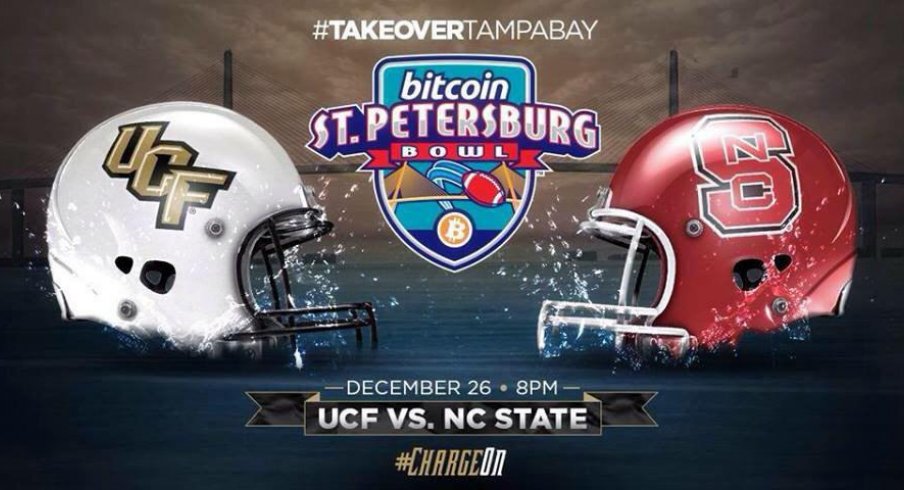The Bitcoin Bowl — the only bowl I'll recognize by its #brand name other than the mighty, migty Belk Bowl — is tonight. It features the University of Central Florida and North Carolina State. In the best scenario, it will be an entertaining but ultimately forgettable game.
And who wants to spend thousands of dollars to travel to St. Petersburg and pay to watch a game sponsored by a fictitious "cryptocurrency" featuring two teams with eight losses betwixt them? Not this man.
While the proximity of UCF and NC State will likely help attendance at the ol' Bitcoin Bowl, it doesn't change that a large swath (read: majority) of bowl games are merely churched-up exhibitions that are staged 100% for live TV presentation and the commercial revenue and corporate sponsorship those games generate.
So, when I read this report by Brent Schrotenboar of USA Today about struggling bowl attendance but rising TV numbers, I can't say I was shocked.
What was more perturbing, to me, was this:
Sometime in the next several years, the powerful overlords of college football finally might decide they've seen enough. To heck with ticket sales, they might say. Instead of struggling to draw crowds to stadiums, why not just stage some of their postseason bowl games in mammoth television studios?
Even a live studio audience would be optional. All they'd really need is a network to televise the games and sponsors to buy in.
"I don't think it's totally crazy," said AJ Maestas, president of Navigate Research, a marketing research firm that works with several television networks.
Granted, I've had no problem watching late Decembers Browns games with audiences of 10,000 stone cold alcoholic masochists, but to me a game staged with zero audience is the antithesis of sport. (Isn't that why soccer clubs use it as punishment?)
I suppose, however, it is the logical projection of the bowl game. Perhaps this is what we deserve.
